Tourism, history class two possible impacts of World Heritage status for Ohio Earthworks
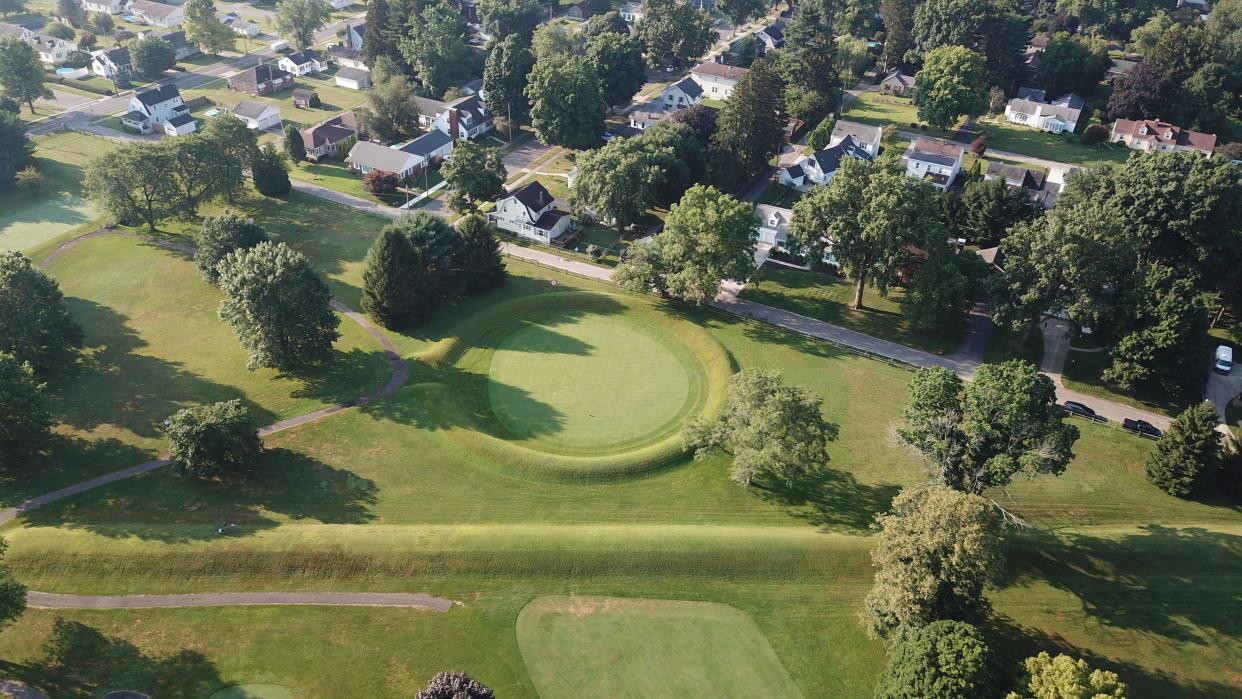
NEWARK − The World Heritage status recently bestowed on the Newark and Chillicothe earthworks, as part of the Hopewell Ceremonial Earthworks nomination, could be a game-changer for the general awareness of what happened here 2,000 years ago.
Or, in a society where information comes from so many sources, and basic facts are often in dispute, maybe Newark Earthworks fails to receive its due recognition across the nation and worldwide.
The Newark Earthworks are the largest set of geometric earthen enclosures in the world. They were built by ancient Indigenous people identified today of the Hopewell culture between A.D. 1 and A.D. 400.
More: Chillicothe, Newark will host World Heritage events at Hopewell Ceremonial Earthworks
It is considered part cathedral, part cemetery and part astronomical observatory. The entire Newark Earthworks originally encompassed more than 4 square miles. Over the years, the city's growth destroyed many earthworks, but three major segments survived — The Great Circle, Octagon Earthworks and Wright Earthworks.
A quarter-century effort to recognize eight sites of ancient earthworks in Newark, Chillicothe and Oregonia as one of the world’s most significant cultural attractions came to a successful completion Sept. 19, when UNESCO’s World Heritage Committee approved the nomination in Riyadh, Saudi Arabia.
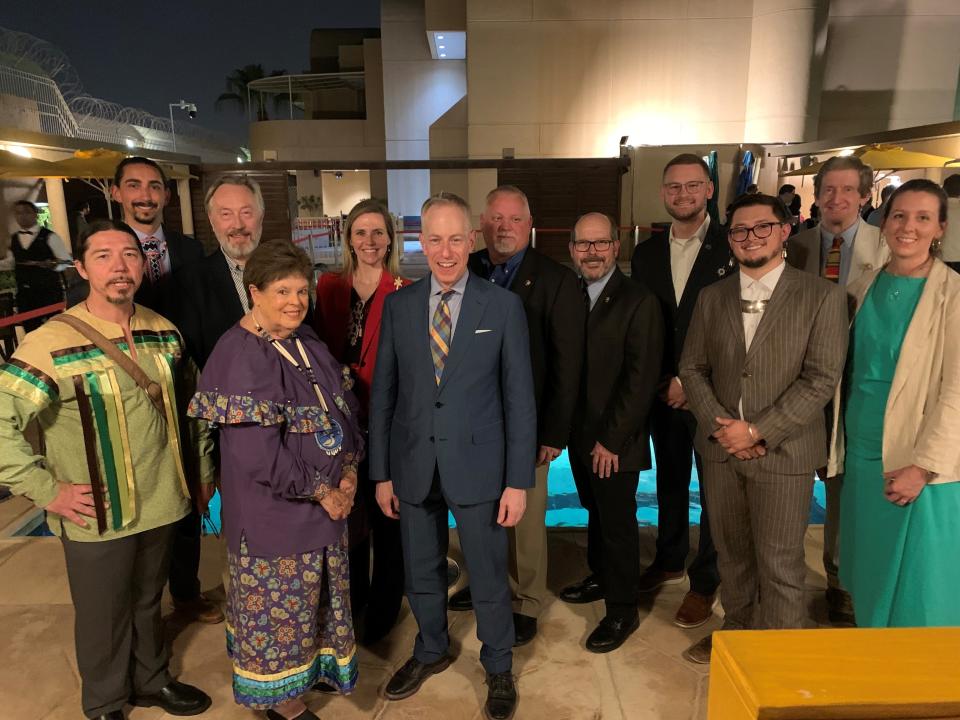
Dan Moder, executive director of Explore Licking County, said some attention will come to the earthworks naturally from the World Heritage inclusion.
"I think there are very avid World Heritage followers, and there are people in the U.S. and globally that follow that list and have a bucket list to visit these sites," Moder said. Licking County will work with Ross and Warren counties, as well as state tourism officials, to publicize the earthworks.
"We're going to try multiple avenues to get the word out," he said. "It's the marathon approach, not the sprint approach."
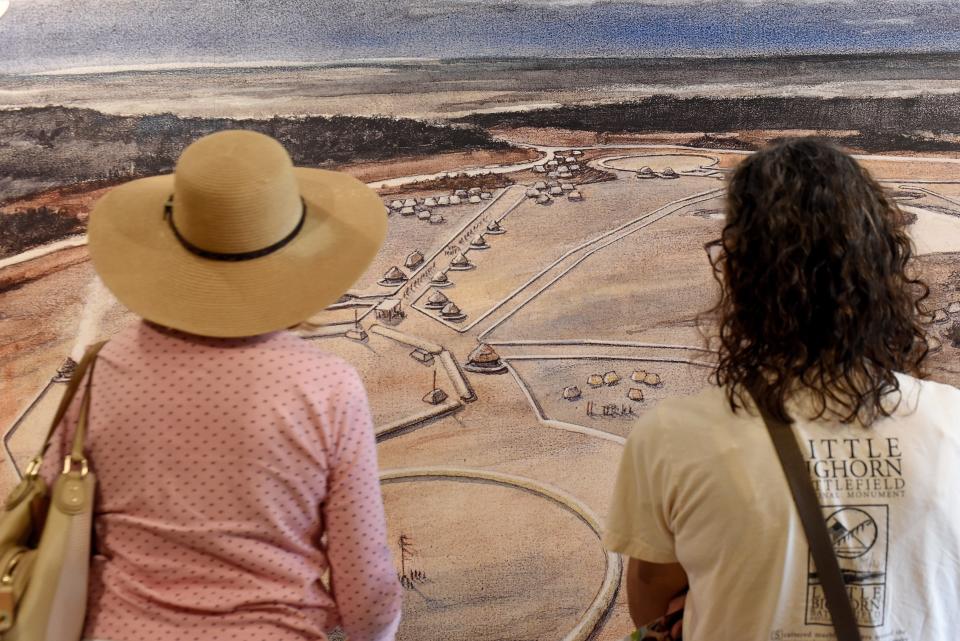
Heath Mayor Mark Johns said increasing awareness of the earthworks can begin here at home.
"People might focus on the global significance of World Heritage because it is a worldwide body designating it, but it's an opportunity for local people, and Ohioans and Americans, too, in understanding what was built here," Johns said.
"I hope the significance of the recognition of these sites will have a greater impact on people who have lived near them than anybody else. The earthworks are what's been handed down to us from people thousands of years ago. I think it's wonderful."
Cahokia Mounds State Historic Site, in southwestern Illinois, just outside of St. Louis, received World Heritage status in 1982 and skyrocketed in popularity by the end of the decade. Eventually, it became a fixture in school textbooks, further increasing its visibility.
State budget cuts and a lack of new events have been given as some reasons for Cahokia’s decreased attendance since its peak years.
Richard Shiels, former Newark Earthworks Center director, told The Advocate in 2016 that it was recognition of Cahokia's historical importance that helped trigger his motivation to pursue World Heritage for Newark Earthworks.
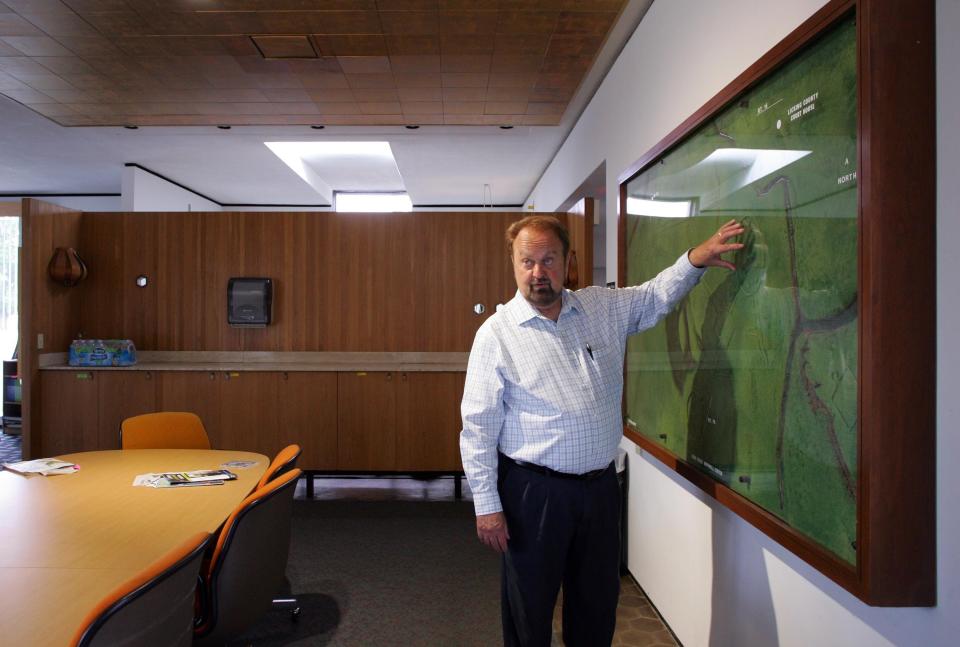
“In 1999, Cahokia cracked the textbooks,” Shiels said. “That’s when it caught my attention. Most of the textbooks begin in Cahokia in the year 1200, not with Christopher Columbus. As a historian, that’s really what drives me. I taught American history. I’m in this because it changes the way we understand American history.”
Much has changed since 1999, however. Not everybody learns the same U.S. history anymore. History textbooks are mostly obsolete, and students in Ohio may not learn the same U.S. history as students in Florida or Oklahoma or Indiana.
Baron Smith, a Newark High School history teacher for 12 years, said he teaches about the Newark Earthworks but doesn’t know if students throughout the state or nation study the ancient mounds.
“We always try to find things to supplement what we’re doing, especially locally,” Smith said. “We do as much as we can when it comes to local history.”
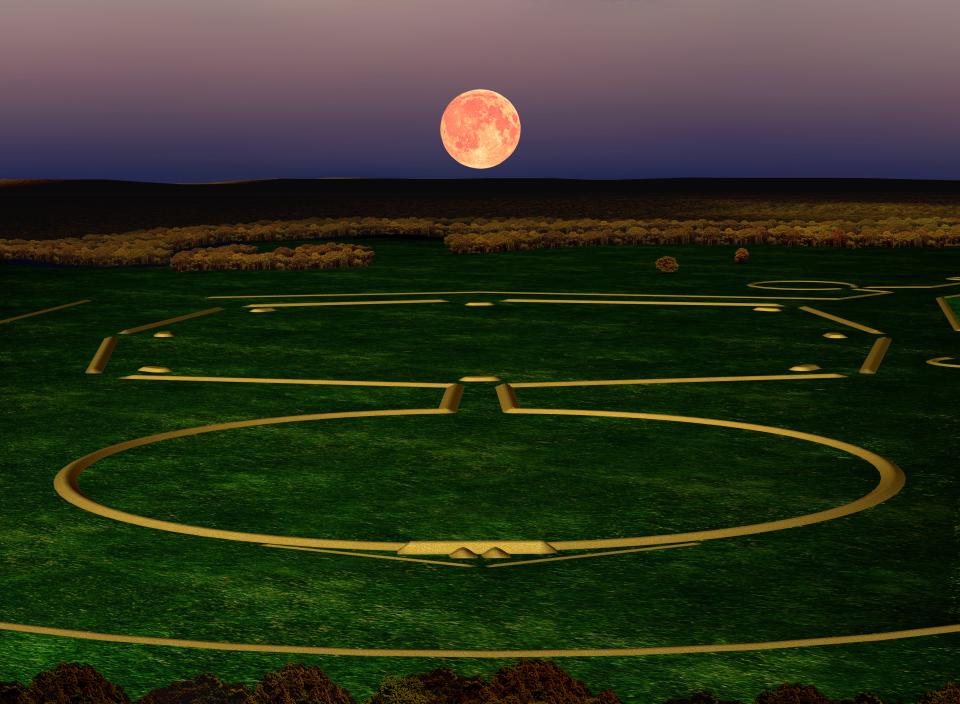
Smith said he doubts that students statewide or nationwide are taught about Newark Earthworks. He said recognition may increase with World Heritage status, after the Ohio History Connection takes over the property and begins making changes and marketing the site.
“I think it will change when Ohio History Connection starts focusing and has a plan of action,” Smith said. “Our best thing is to push it out at the state level and then get more attention at the national level. Get it out there. That’s the best way.”
Lacey Snoke, chief of communications for the Ohio Department of Education, said each Ohio school district decides what it will teach its students.
“Ohio law reserves for local schools and districts sole authority for adopting curriculum,” Snoke said. “It explicitly articulates that local boards have complete control over curriculum decisions. So each district or school would make the decision what to include in its curriculum.
“The state has Ohio’s Learning Standards and Model Curriculum, which districts and schools may use. The standards outline what students should know and be able to do in each subject. Standards are revised periodically.”
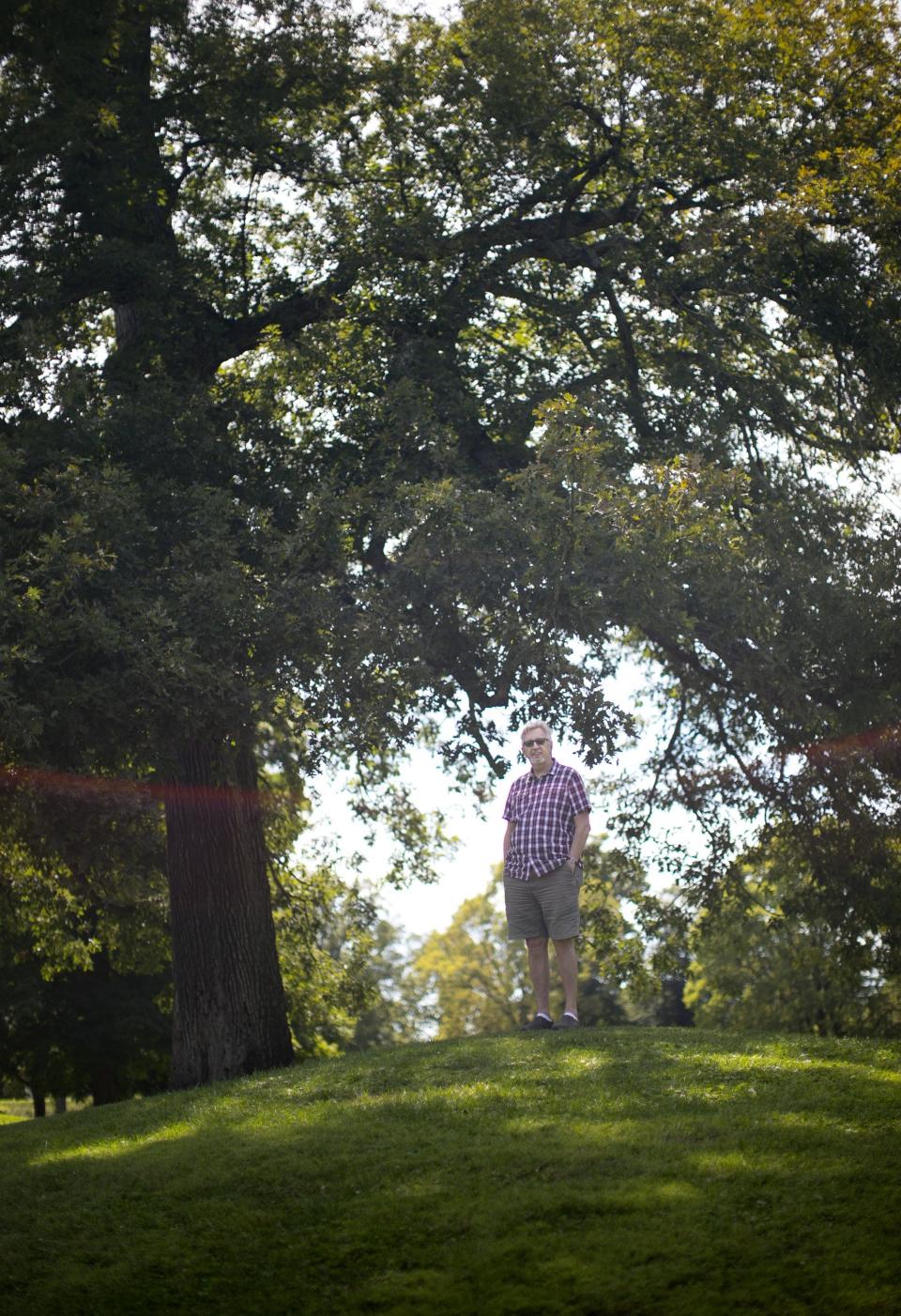
So, every Ohio student may not learn about the state’s first World Heritage sites, which includes The Great Circle and Octagon Earthworks locally, as well as earthworks in Chillicothe and Oregonia.
Ohio State University-Newark Dean-Director Bill MacDonald said, “We have developed a course entitled 'The Newark Earthworks' that could be available in the spring. We’ve had some special topics course, but this one will be the first 3-credit course. I hope over time, we’ll have more courses.”
740-973-4539
Twitter: @kmallett1958
This article originally appeared on Newark Advocate: World Heritage for Ohio Earthworks could affect textbooks, tourism

